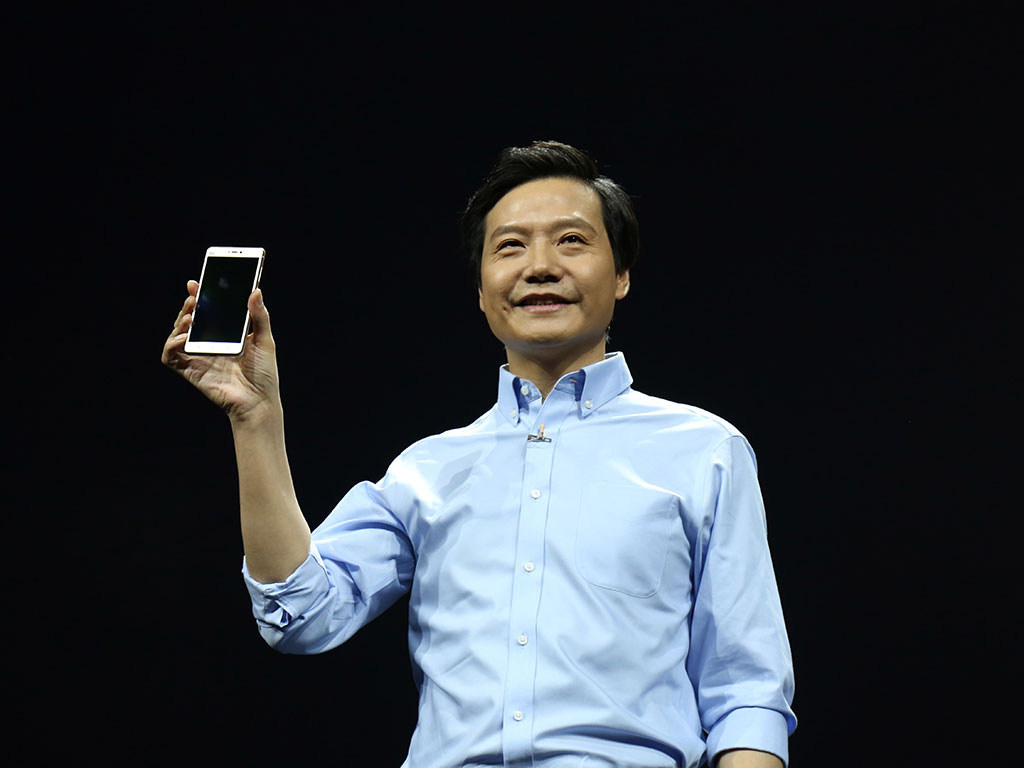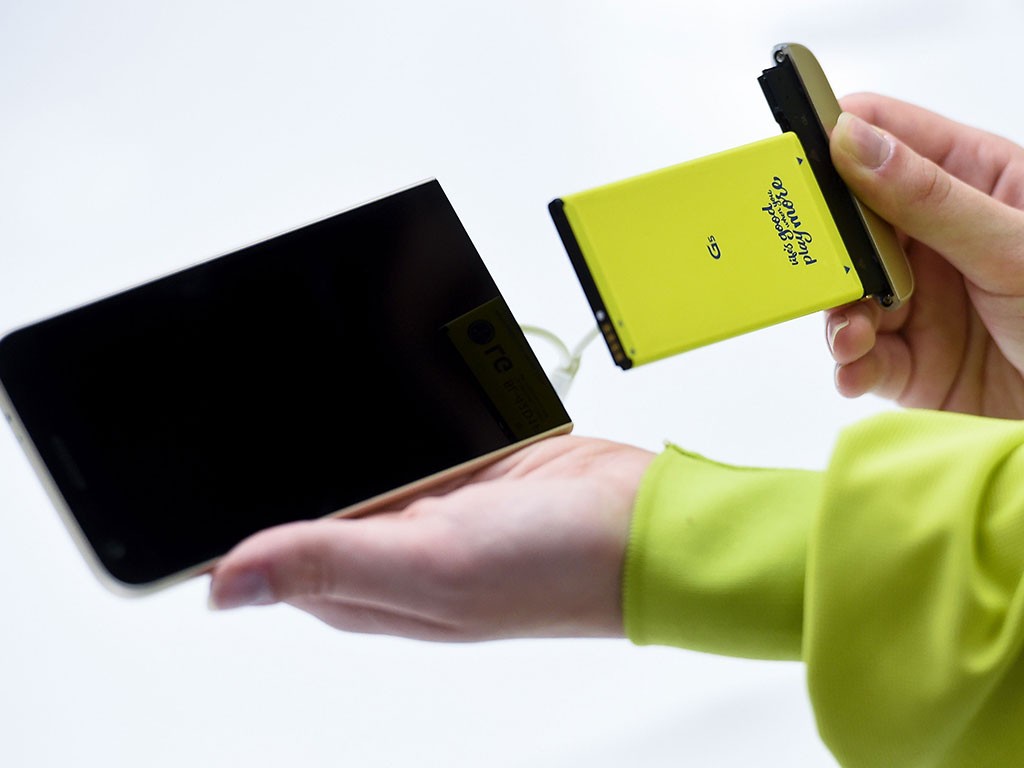Xiaomi launches world’s most powerful smartphone
Xiaomi unveiled its new flagship product at World Mobile Congress and made big claims about the company’s own future

Lei Jun, founder and CEO of Xiaomi, unveils the Mi5 smartphone at a media briefing in Beijing. The company's Vice President of International Operations, Hugo Barra, also introduced the smartphone at Mobile World Congress – Xiaomi's first media event in Europe
China’s leading smartphone maker kicked off its first media event in Europe with a flagship product announcement and vague plans to take the Xiaomi brand global. The new Mi5 handset is in keeping with Xiaomi’s usual strategy of undercutting its rivals Samsung and Apple with a high-end phone at a relatively low price.
Xiaomi last year missed its sales target of 80m units by 10m and made limited progress overseas
“This is basically ahead of the pack in many ways when it comes to flagship devices”, Hugo Barra, Xiaomi’s Vice President of International Operations, told the Associated Press. “You’re looking at a third to a half of the price that you would expect to pay for another flagship device with similar capabilities.”
Barra, who joined Xiaomi from Google, made much of the company’s new patent-licensing deal with Qualcomm and said the Mi5 was the most powerful smartphone on the market based on benchmarking scores.
The new handset comes in three versions. The most expensive, the Mi5 Pro, is priced at CNY 2,699 ($413) and has more memory and a nano-ceramic zirconia casing, while the cheapest, the 32GB Mi5, costs a modest CNY 1,999 ($305). All three will launch in China on March 1, and, though the Mi5 will be available in India and “other countries”, no formal announcement was made on wider release dates.
The world’s fifth biggest smartphone maker sells a whopping 90 percent of its handsets in China, and is under pressure to expand outside its domestic market to escape a gathering economic slowdown. Xiaomi last year missed its sales target of 80m units by 10m and made limited progress overseas.
Barra took the opportunity at World Mobile Congress to reassure those in attendance Xiaomi was looking to markets outside its own for new opportunities. “It begins a process of building a brand and we want to be global”, he told The Wall Street Journal. “It doesn’t mean we’re going to launch in these markets, but eventually we want to get there.”













